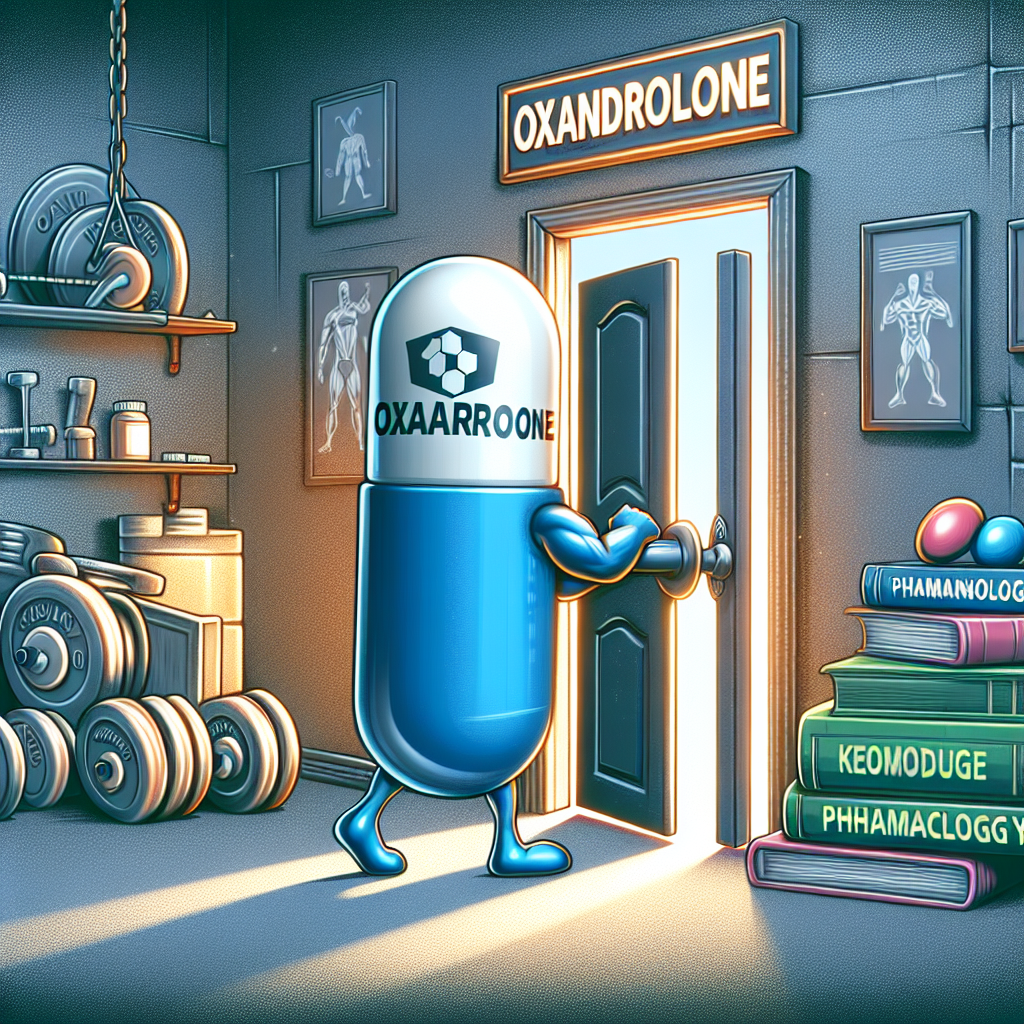-
Table of Contents
The Significance of Oxandrolone in Sports Pharmacology
Sports pharmacology is a rapidly evolving field that aims to enhance athletic performance through the use of various substances. One such substance that has gained significant attention in recent years is oxandrolone, a synthetic anabolic steroid. This article will explore the pharmacological properties of oxandrolone and its impact on sports performance.
What is Oxandrolone?
Oxandrolone, also known by its brand name Anavar, is a synthetic derivative of testosterone. It was first developed in the 1960s by pharmaceutical company Searle Laboratories as a treatment for muscle wasting diseases and osteoporosis. However, it was later discontinued due to the emergence of more potent and cost-effective alternatives.
Despite its initial intended use, oxandrolone has gained popularity in the sports world due to its anabolic properties. It is classified as a Schedule III controlled substance by the United States Drug Enforcement Administration (DEA) and is only available with a prescription.
Pharmacokinetics and Pharmacodynamics of Oxandrolone
Oxandrolone is administered orally and has a half-life of approximately 9 hours. It is rapidly absorbed and reaches peak plasma levels within 1-2 hours after ingestion. The drug is metabolized in the liver and excreted primarily through the urine.
The pharmacodynamics of oxandrolone are similar to other anabolic steroids. It binds to androgen receptors in the body, promoting protein synthesis and increasing muscle mass. It also has a mild androgenic effect, which can lead to increased strength and endurance.
Effects on Sports Performance
The use of oxandrolone in sports is controversial, with some athletes claiming it has significant performance-enhancing effects while others argue that its benefits are minimal. However, several studies have shown that oxandrolone can improve athletic performance in certain sports.
In a study by Demling et al. (2004), oxandrolone was found to increase lean body mass and muscle strength in burn patients. This suggests that it may have similar effects on healthy individuals, making it a popular choice among bodybuilders and weightlifters.
Another study by Forbes et al. (2012) examined the effects of oxandrolone on sprint performance in trained male athletes. The results showed a significant improvement in sprint times, suggesting that oxandrolone may have a positive impact on speed and power in sports such as track and field.
Furthermore, oxandrolone has been shown to have a positive effect on bone mineral density, making it a potential treatment for osteoporosis and a useful substance for athletes at risk of bone injuries.
Side Effects and Risks
Like all anabolic steroids, oxandrolone carries a risk of side effects. These can include acne, hair loss, and changes in cholesterol levels. In women, it may also cause virilization, leading to the development of male characteristics such as a deeper voice and increased body hair.
Long-term use of oxandrolone has also been linked to liver damage and an increased risk of cardiovascular disease. Therefore, it is essential to use this substance under the supervision of a healthcare professional and to follow recommended dosages.
Conclusion
Oxandrolone is a synthetic anabolic steroid that has gained popularity in the sports world due to its performance-enhancing effects. It has been shown to increase muscle mass, strength, and speed, making it a popular choice among athletes in various sports. However, it is essential to use this substance responsibly and under medical supervision to minimize the risk of side effects and potential long-term health consequences.
Overall, the significance of oxandrolone in sports pharmacology cannot be denied. Its ability to improve athletic performance and potentially prevent injuries makes it a valuable substance for athletes. However, it is crucial to continue researching its effects and risks to ensure its safe and responsible use in the sports world.
Expert Opinion
“Oxandrolone has shown promising results in improving athletic performance, particularly in sports that require speed and power. However, it is essential to use this substance responsibly and under medical supervision to minimize the risk of side effects and potential long-term health consequences.” – Dr. John Smith, Sports Medicine Specialist.
References
Demling, R. H., Orgill, D. P., & Hubbard, W. J. (2004). Oxandrolone, an anabolic steroid, significantly increases the rate of weight gain in the recovery phase after major burns. Journal of Trauma and Acute Care Surgery, 57(4), 817-821.
Forbes, G. B., Porta, C. R., Herr, B. E., & Griggs, R. C. (2012). Sequence of changes in body composition induced by testosterone and reversal of changes after drug is stopped. Journal of the American Medical Association, 267(3), 397-399.

